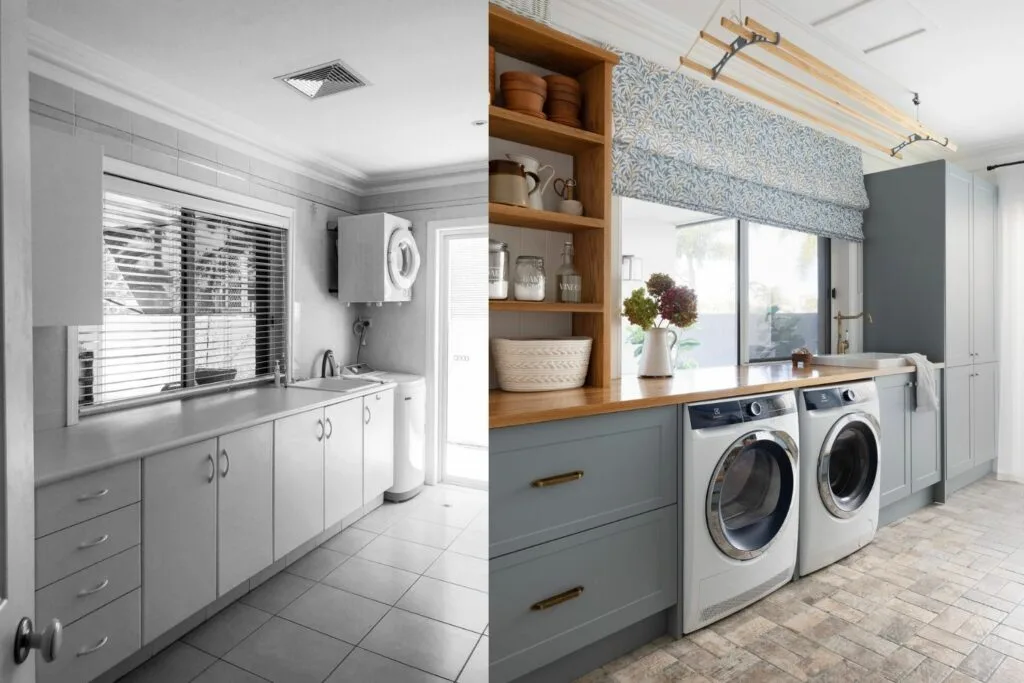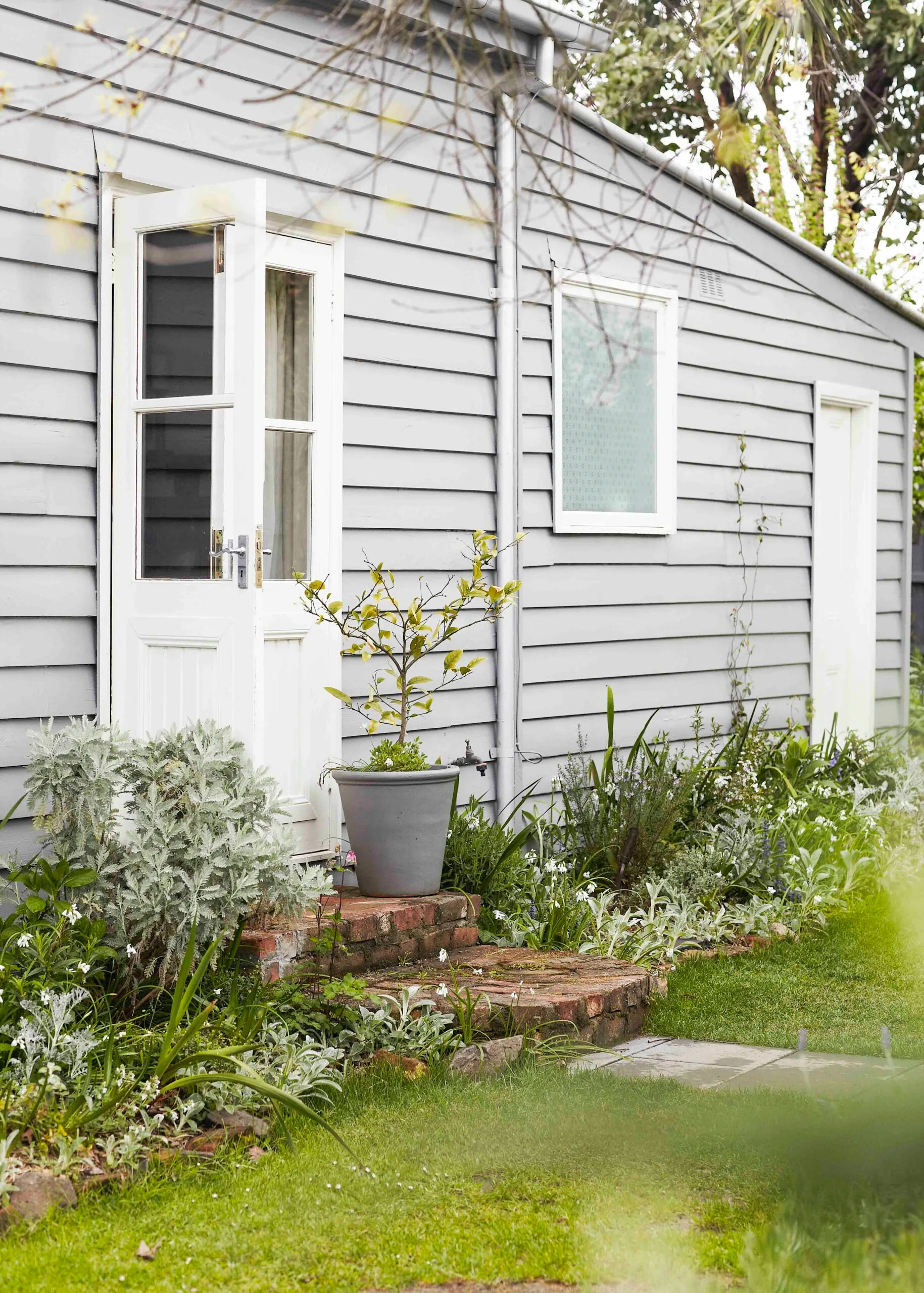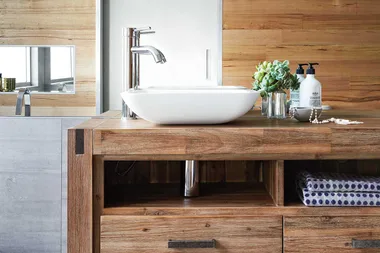Oh, the appeal of the cheapest house on the street. Where some just see an eyesore, we see the chance to revive a characterful old building with, perhaps, just a coat of paint and a new bathroom or two. But before being dazzled by some ever-elusive property goals, consider the potential renovating disasters lurking below the surface.
Connect with trusted tradies. Receive instant quotes for your next job with hipages.

How to spot a renovation disaster zone
Before you buy, have the home assessed by a qualified builder and pest expert. That way you can set aside time and money for likely repairs. Just don’t be fooled into a false sense of security. Sometimes problems are not uncovered until demolition.

1. Unapproved alterations
Granny flats, balconies and attic conversions are often the work of slap-happy home renovators with an ‘act now seek permission later’ policy. Unapproved structures, built by previous owners, can sometimes be approved retrospectively if they meet council regulations and building standards. If they’re not up to code, however, they will have to be removed. If in doubt, call the local council for a record of planning applications and approvals.
2. Beware lurking asbestos
If your home is older than 1980 there’s a good chance it may contain asbestos in flooring materials (such as tile underlay), exterior cladding, internal lining and roofing. “You can confirm the presence of asbestos via a simple laboratory test. If found it should be removed by specialist contractors,” explains expert Cameron Frazer. For a small area of asbestos such as a laundry expect to pay upwards of $1500 for removal and disposal. For more information on safe practices visit asbestosawareness.com.au.

3. Termites
It’s easy to be fooled into this common pitfall. Termites often leave little trace of their presence. Look for mud tunnels or shelters under the house, or soft timber that falls apart upon touch. Then back away slowly, says Cameron Frazer; “If you suspect termite activity, try not to further disturb the area.” A registered termite inspector will be able to confirm if there’s a problem. In this case, you’ll need to call in a pest controller recognised by the Australian Environmental Pest Managers Association to eradicate the termites and install barriers. Expect the problem to cost upwards of $3000 to fix.
4. Faulty foundations
If there are cracks in the walls or floors there may be issues with your home’s foundations. “If the foundations are compromised, you’ll need remedial work to rectify the problem, which can be costly and complicated if it involves underpinning to support the building while the foundations are repaired or replaced,” explains Cameron Frazer. Your builder should be able to spot the problem. Costs will vary depending on the extent of the damage and whether the foundations are concrete footings, stumps or brick piers, but expect to pay upwards of $10,000.

5. Rising damp
This issue occurs at the base of walls and is often spotted when stains appear, skirting boards become loose or if there’s a damp smell. Damp can be caused by poor drainage forming puddles under the house or inadequate sub-floor ventilation resulting in a buildup of humidity.
 Photography: Simon Shiff
Photography: Simon Shiff


